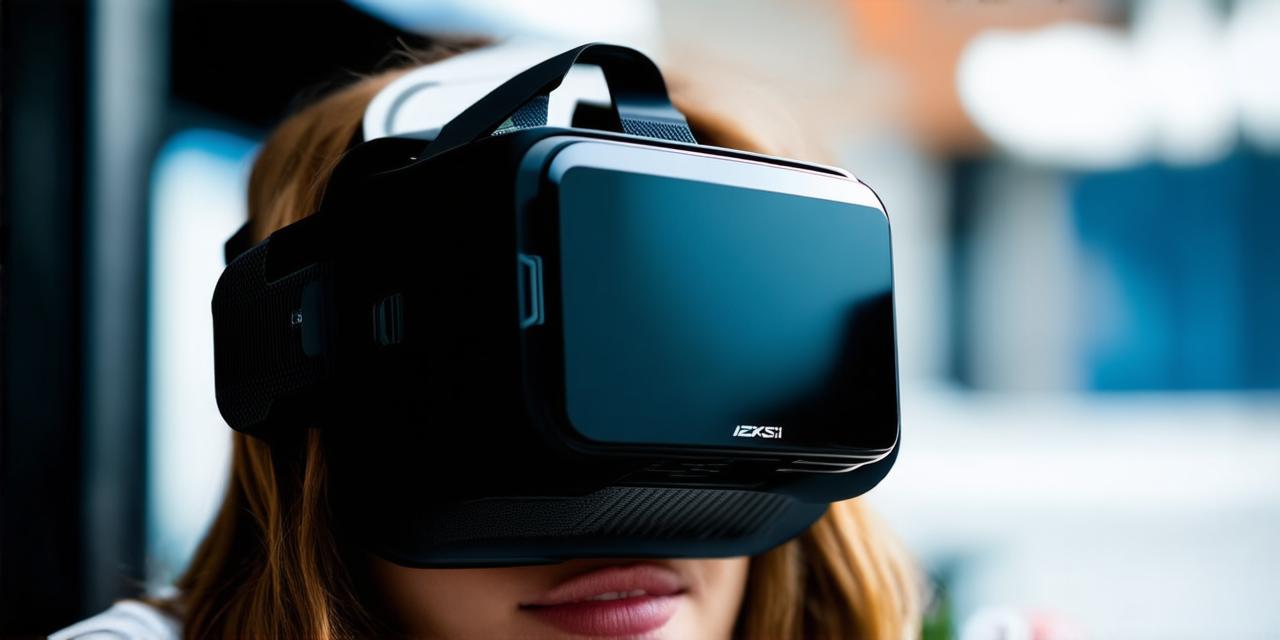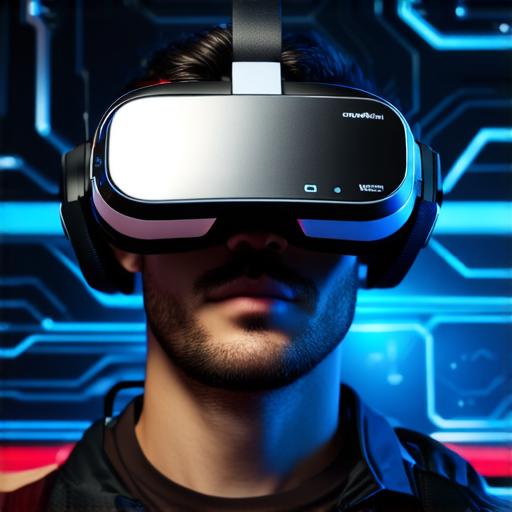
What does the “pass-through” feature do in a virtual reality headset?
What is Pass-Through?
Pass-through is a feature in some VR headsets that allows the user to see their real-world surroundings while still wearing the headset. This means that instead of being fully immersed in a virtual environment, the user can see and interact with their physical surroundings.
The pass-through feature works by using cameras on the outside of the headset to capture the user’s real-world environment and then displaying it on the inside screens. This allows the user to see what is happening around them while still being able to use the headset for other purposes, such as gaming or virtual meetings.
Benefits of Pass-Through for Developers
One of the main benefits of pass-through for developers is that it allows for more flexibility in how the VR experience can be used. For example, a developer could create an application that uses pass-through to provide real-time feedback on a user’s physical movements, allowing them to see how their actions are affecting the virtual environment around them.
Another benefit of pass-through is that it allows for more seamless integration with other technologies. For example, a developer could create an application that uses pass-through to overlay virtual content onto the user’s real-world surroundings, allowing them to interact with both the physical and virtual worlds at once.
Pass-Through vs. Other VR Features
While pass-through is a useful feature in VR headsets, it is not the only option available. Other features, such as room-scale and wireless connectivity, can also enhance the user experience in different ways.
Room-scale allows for a more immersive experience by creating a larger virtual environment that surrounds the user. This can be particularly useful for applications that require a lot of movement or interaction with the virtual world.

Wireless connectivity, on the other hand, provides users with the freedom to move around without being tethered to a computer or other device. This can be especially convenient for applications that require a lot of physical activity, such as fitness or sports games.
Real-Life Examples
One example of how pass-through can be used in VR development is in the field of architecture and design. Pass-through can be used to provide real-time feedback on a user’s physical movements, allowing them to see how their actions are affecting the virtual environment around them. This can be particularly useful for designing buildings or other structures that require a lot of movement or interaction with the environment.
Another example is in the field of education. Pass-through can be used to provide students with a more interactive and engaging learning experience by allowing them to see their real-world surroundings while still being able to use the headset for educational purposes.
FAQs
Q: What is pass-through in virtual reality?
Pass-through is a feature in some VR headsets that allows the user to see their real-world surroundings while still wearing the headset.
Q: How does pass-through work?
Pass-through works by using cameras on the outside of the headset to capture the user’s real-world environment and then displaying it on the inside screens.
Q: What are the benefits of pass-through for developers?
Pass-through allows for more flexibility in how the VR experience can be used, as well as seamless integration with other technologies.


